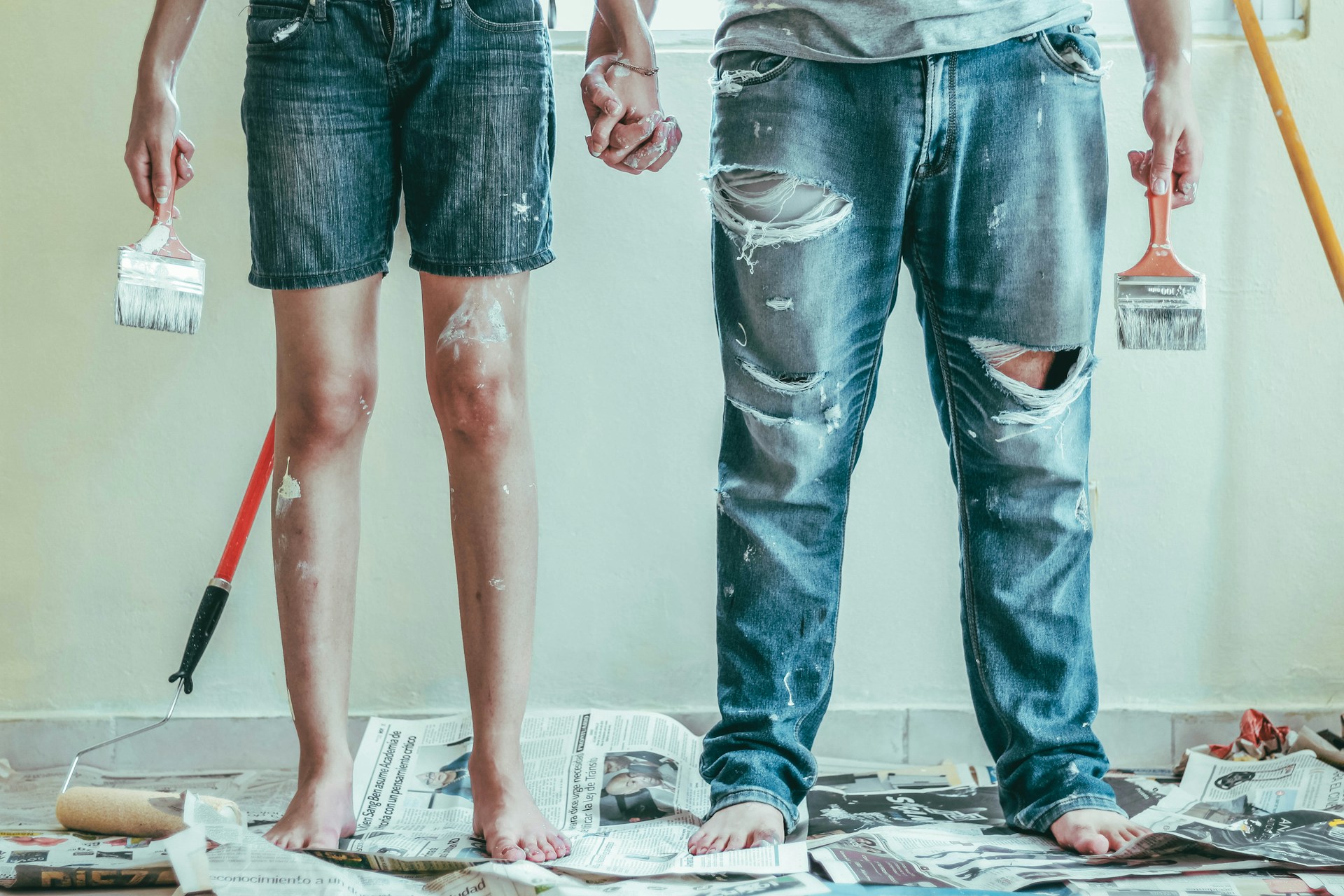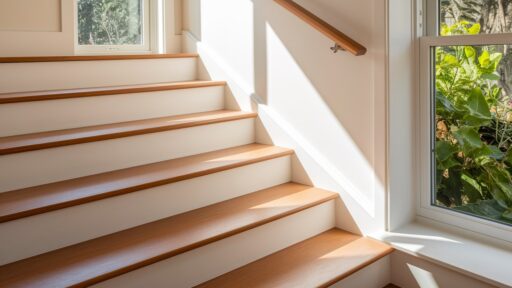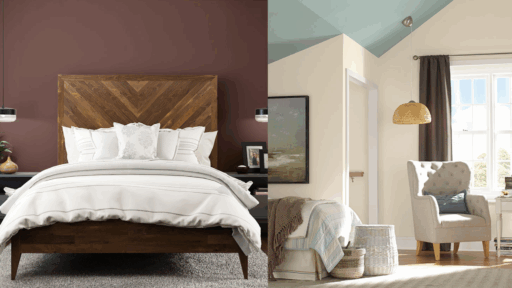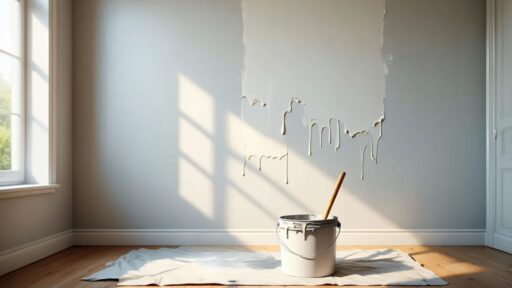Color has power. It changes how a room feels without moving a single piece of furniture. When working with a small space, the right colors can make the difference between feeling boxed in and feeling comfortably cozy. And yes, the process can feel a little intimidating at first. But choosing the right shades doesn’t have to be stressful or complicated.
If you’ve ever stood in front of a wall of paint swatches and felt overwhelmed, you’re not alone. The trick is to focus on what you want the room to feel like. Color doesn’t just fill a space. It sets the mood. It controls the light. It creates flow. You can use it to your advantage without needing a design degree.
And that’s exactly what you will learn in this article. So, let’s dive right in!
Stick With Light, But Don’t Be Afraid of Depth
Light colors are known for making small spaces appear larger. They reflect more light, creating the illusion of a larger space. White, soft beiges, pale grays, even dusty pinks, and warm ivories can visually stretch your walls.
But here’s where many people stop and miss an opportunity. Don’t be afraid to add contrast. A deeper accent color can create focus, draw attention to architectural details, or ground the room. A navy blue cabinet in an otherwise pale room can anchor the space beautifully. A rich forest green on one wall can bring balance without closing in the room.
Use Technology to Nail the Perfect Shade
Finding the perfect color is not always easy. You might see a shade you love in a photo or on a piece of fabric, but when it comes time to use it in your home, you have no idea what the exact color is or how to recreate it. That is where color tools can save a lot of time and guesswork.
There are apps and software that allow you to select a color from any image and instantly display its code, including HEX, RGB, and more. If you work on a computer often, especially for creative tasks, you might already have some helpful tools right there. For example, Mac users have access to a built-in app called Digital Color Meter, which allows you to hover over any part of the screen and get the exact color values in seconds.
Other apps like Sip go a step further by helping you build and organize palettes, preview colors in different combinations, and copy color codes directly into your design tools. These are especially useful if you are working with both digital and physical elements in your space.
If you are unsure which tool to choose, you can always look up a best color picker guide online. Many of them compare different apps side by side so you can find one that matches your needs. Whether you need something simple for quick checks or a more advanced tool for full palette planning, there is something available that will make the job easier.
Use the Same Color in Different Ways
This is a simple technique that designers love for small homes. Select one base color and use it consistently throughout the space, but vary the finish, shade, or material.
For example, if you choose a soft clay tone, you might paint the walls in a flat finish, use a semi-gloss version for built-ins or trim, and bring in textiles in similar shades. This helps tie the room together while still adding variety. It also creates a sense of flow, making the space feel larger and more intentional.
This approach is especially useful in open floor plans where one room blends into the next. A unified palette keeps the eye moving, and that movement creates the feeling of space.
Get to Know How Light Affects Color
Natural light is your best friend, but it can also trick you. A color that looks warm and creamy in a sunny showroom can turn cold or yellow in your hallway. Always test samples in your own home and examine them at various times of the day.
South-facing rooms often get a warm glow, so cooler tones balance things out. North-facing rooms have dimmer, cooler light, so warmer colors help soften the feel. West-facing light is warm and golden in the afternoon, while east-facing rooms get gentle morning light that can wash out pale colors.
The size of the space makes these shifts even more noticeable. In a small room, light bounces quickly and can amplify undertones you didn’t expect. Test first. Always.
Wrapping It Up
Color is one of the easiest and most effective ways to shape the mood and feel of a small space. You do not need fancy tools or a background in design to make it work. A little planning, a few helpful apps, and the confidence to trust your taste can go a long way. Start small, stay consistent, and let each choice build on the last. The result will feel personal, thoughtful, and completely yours.








